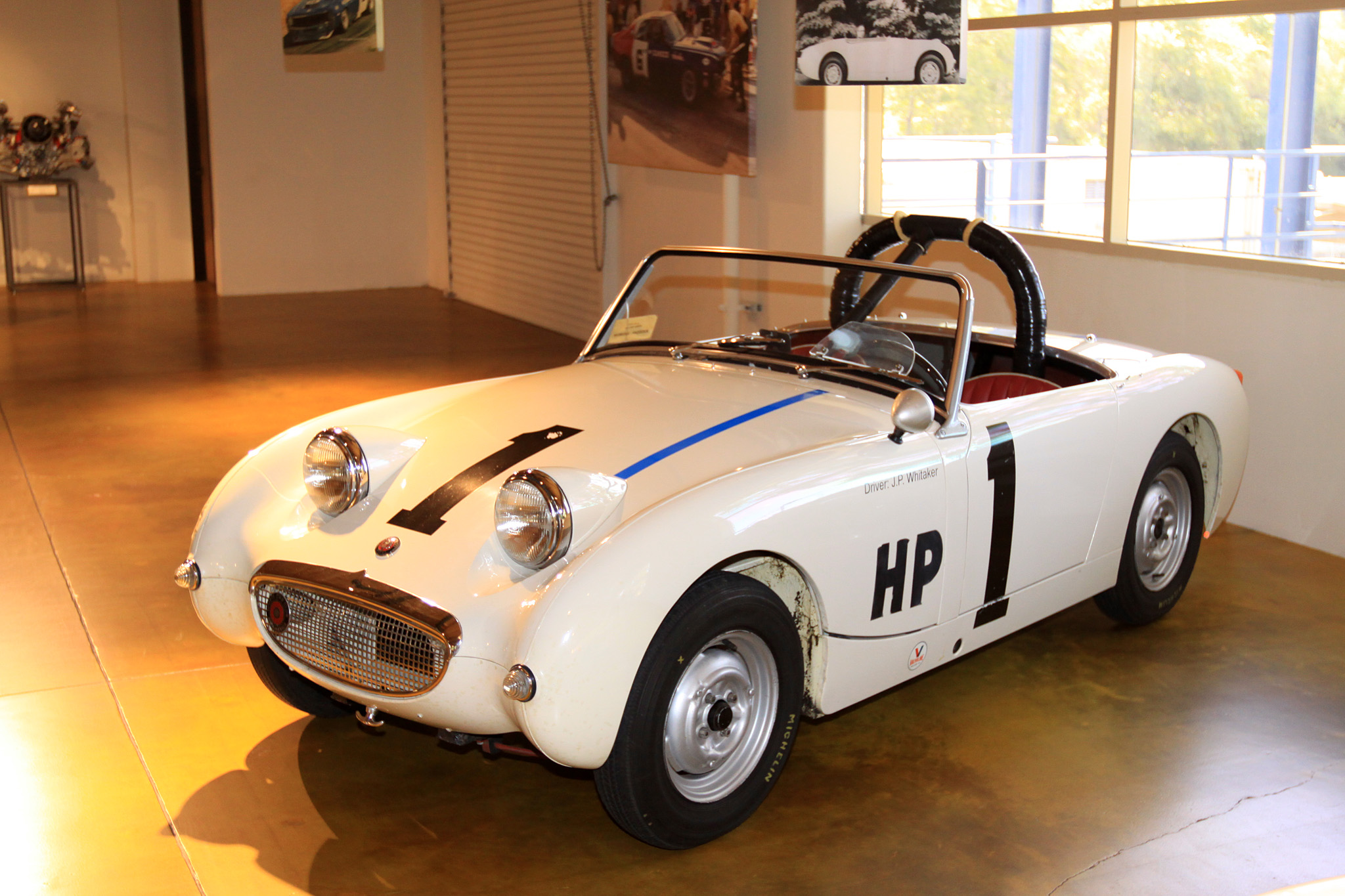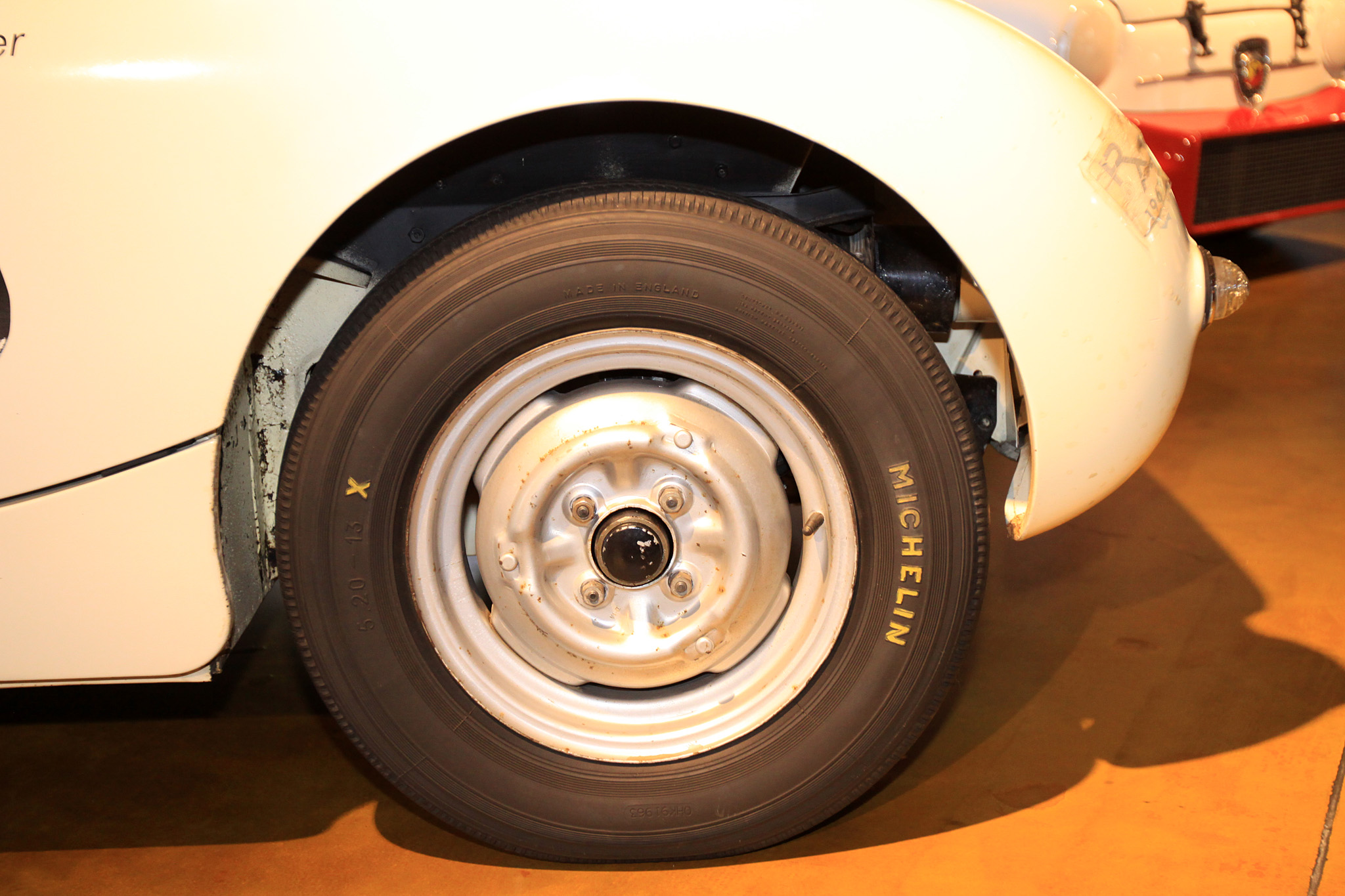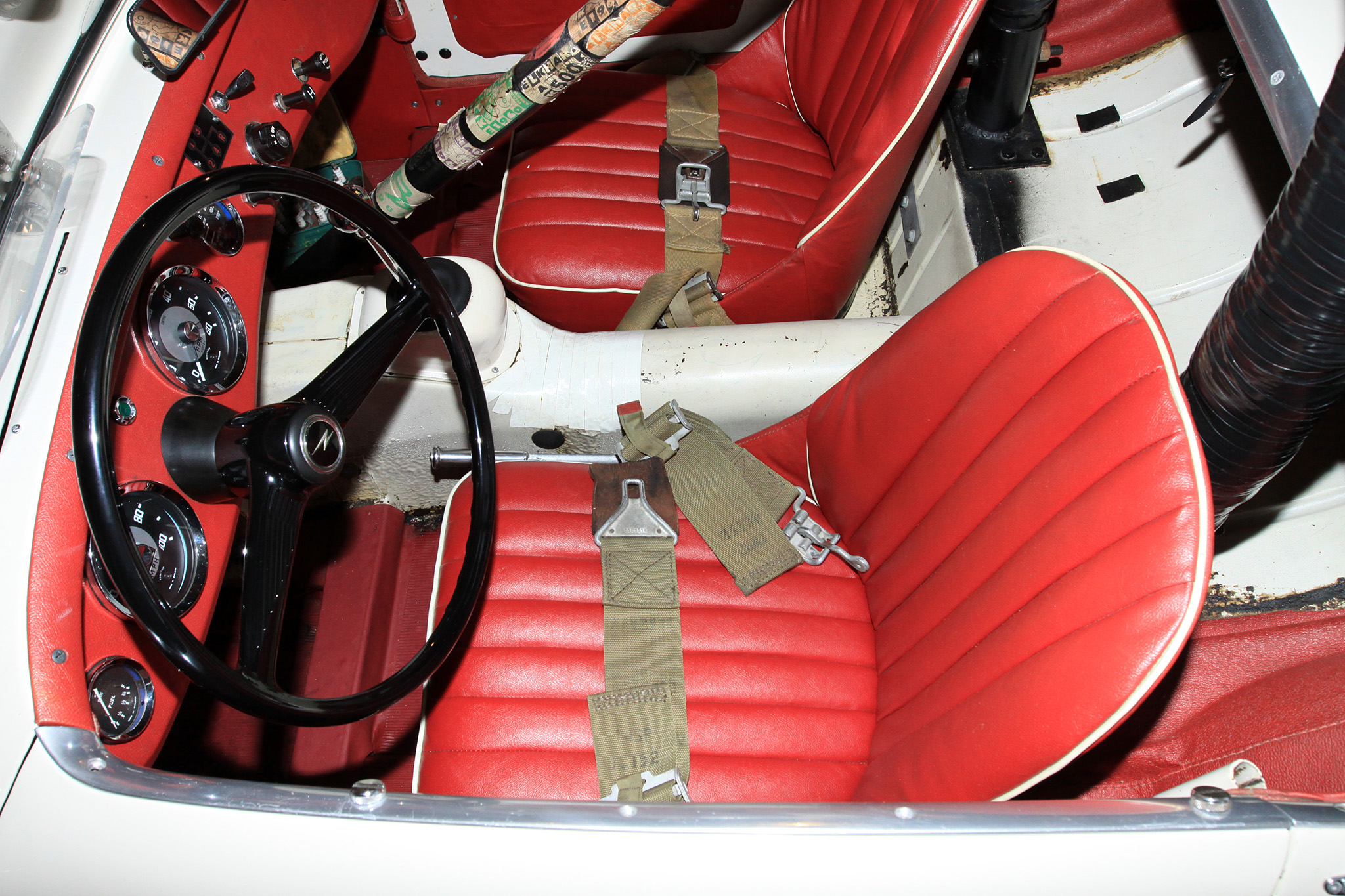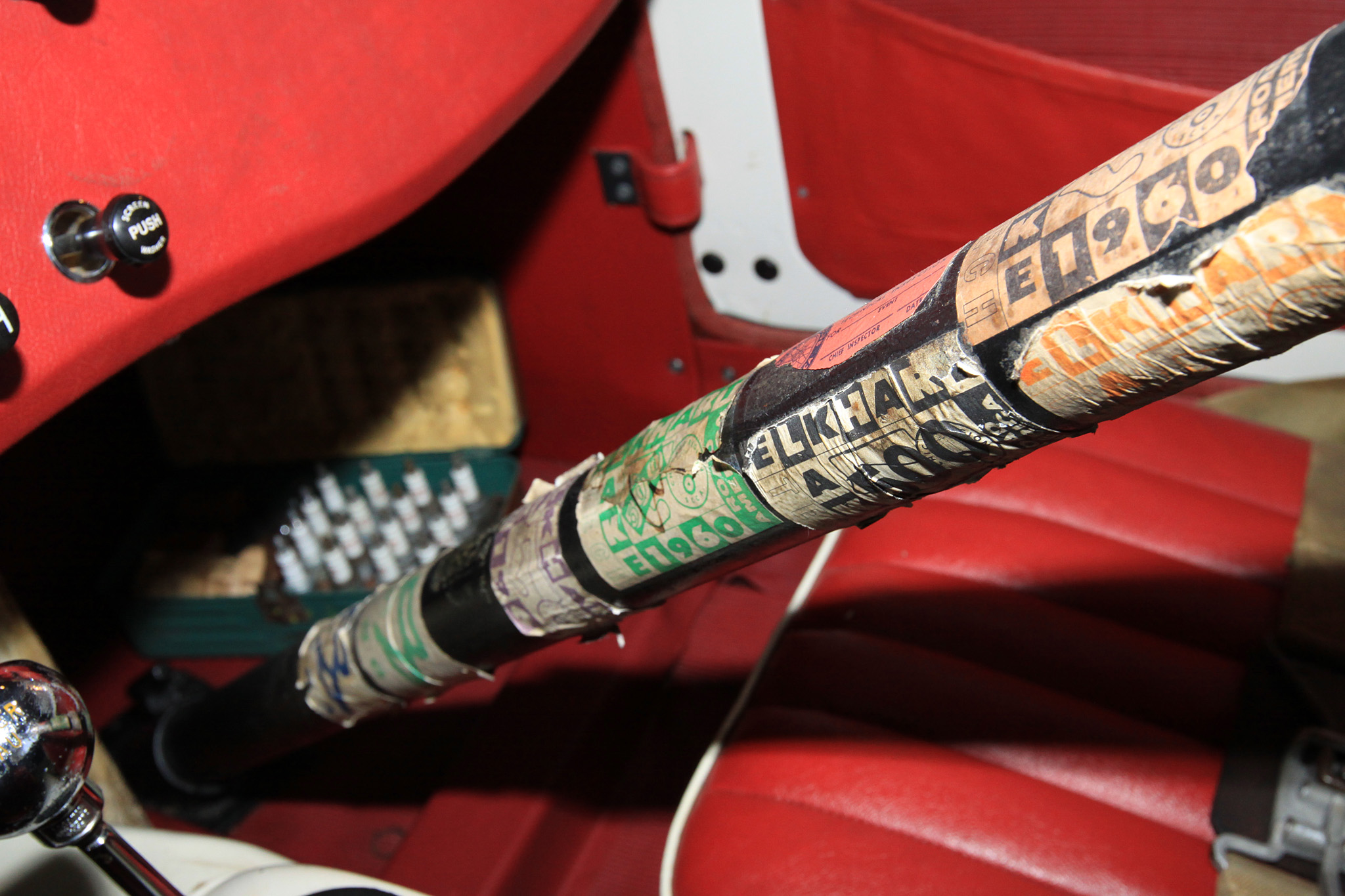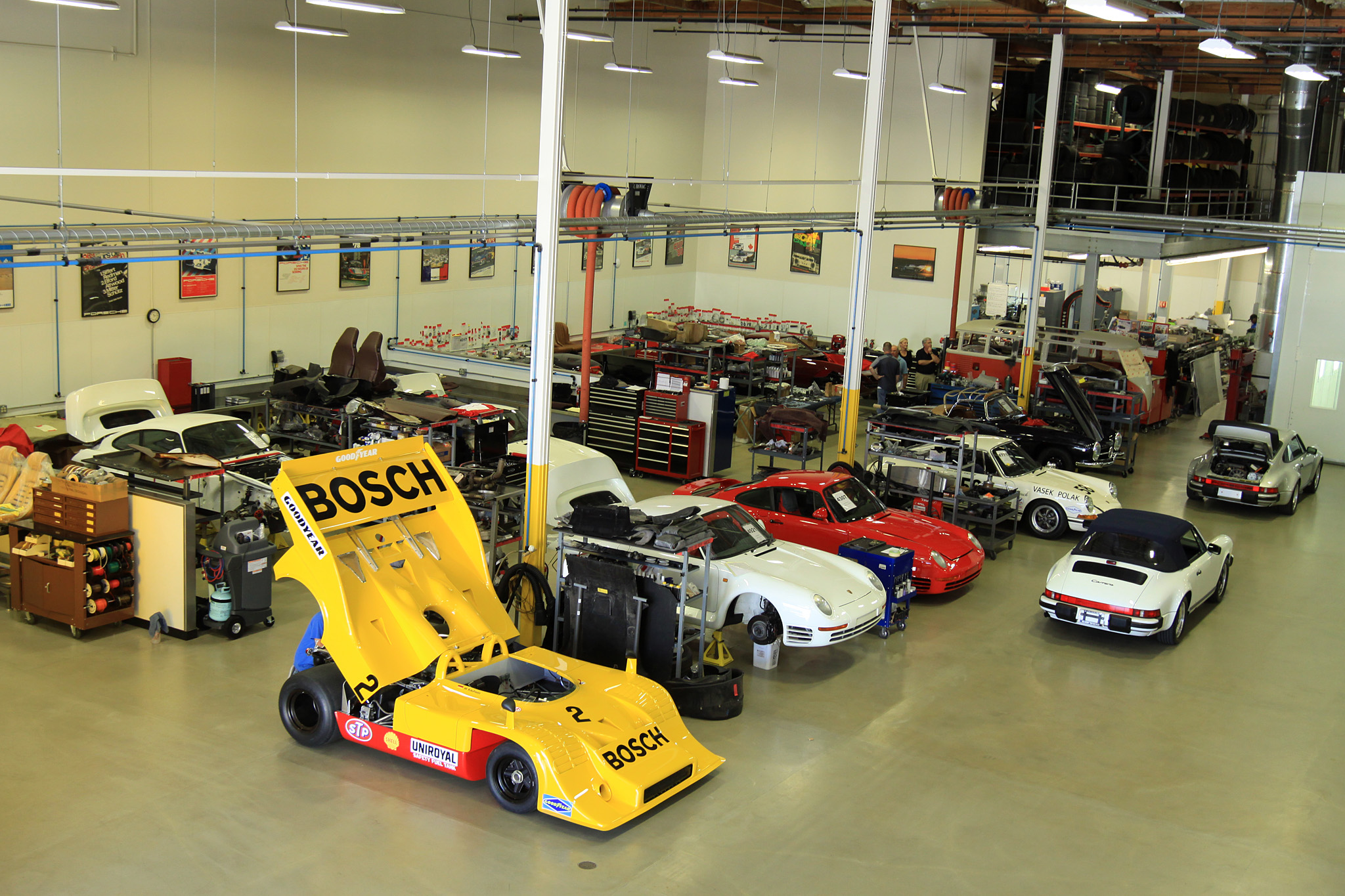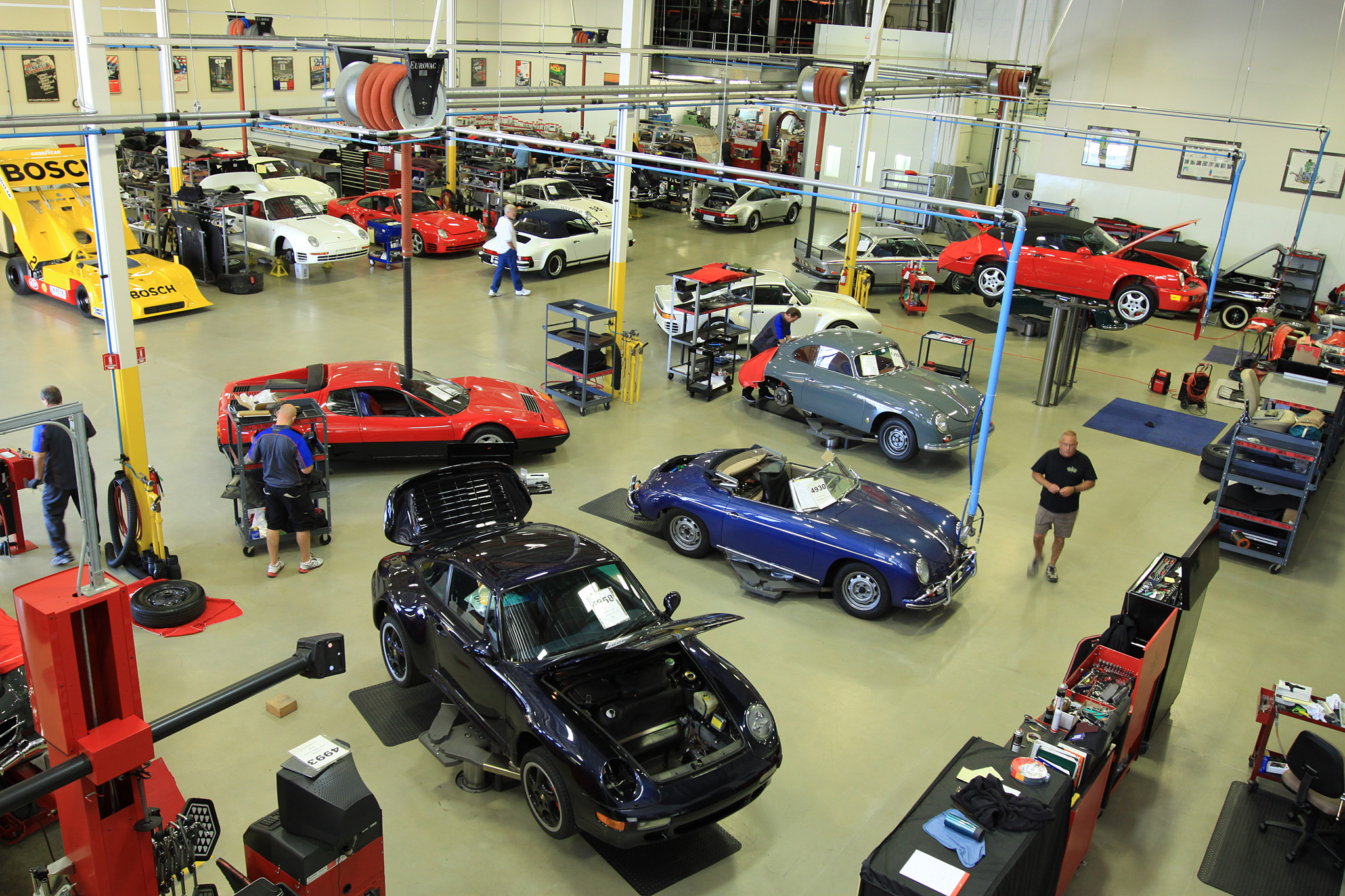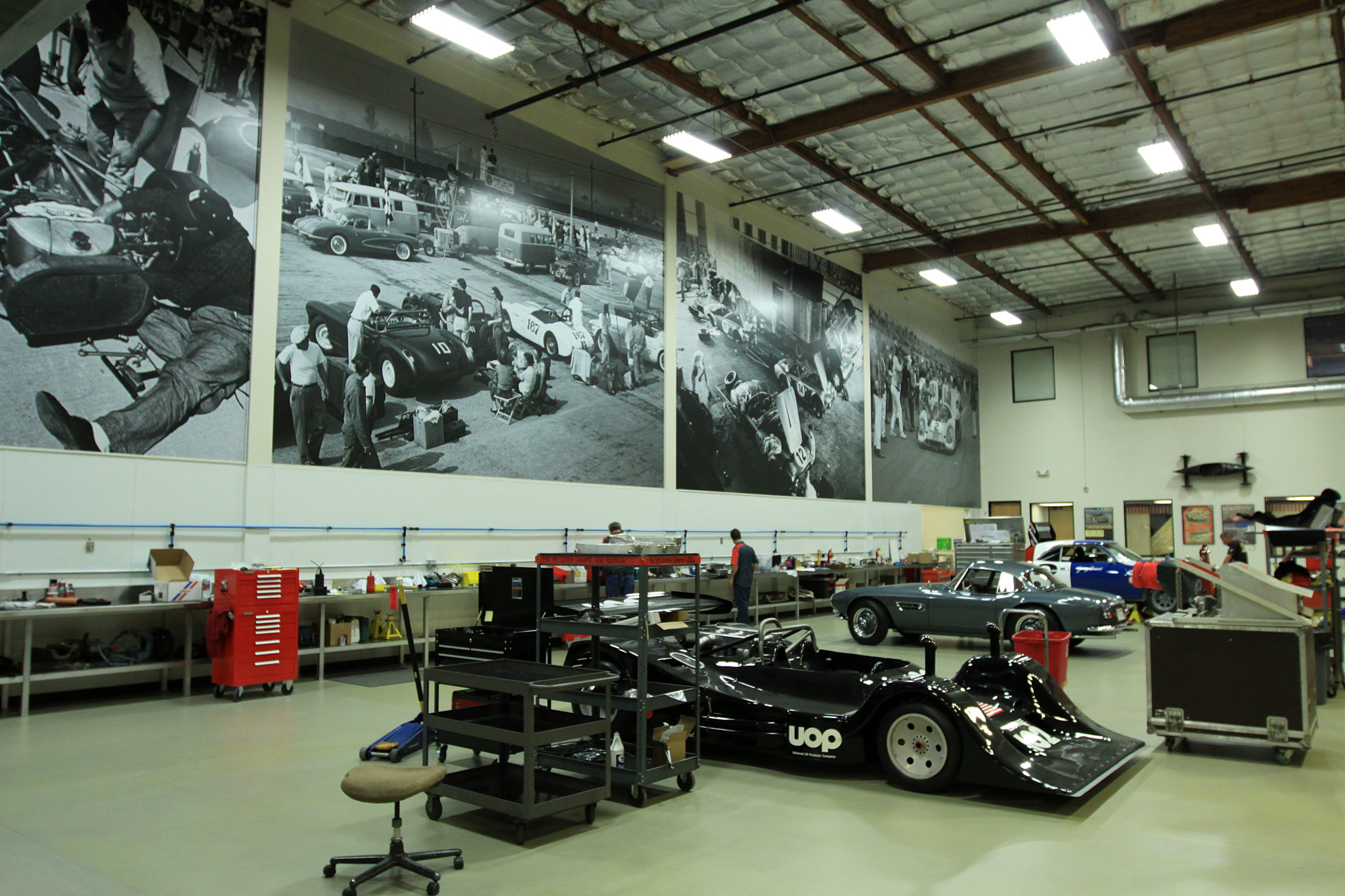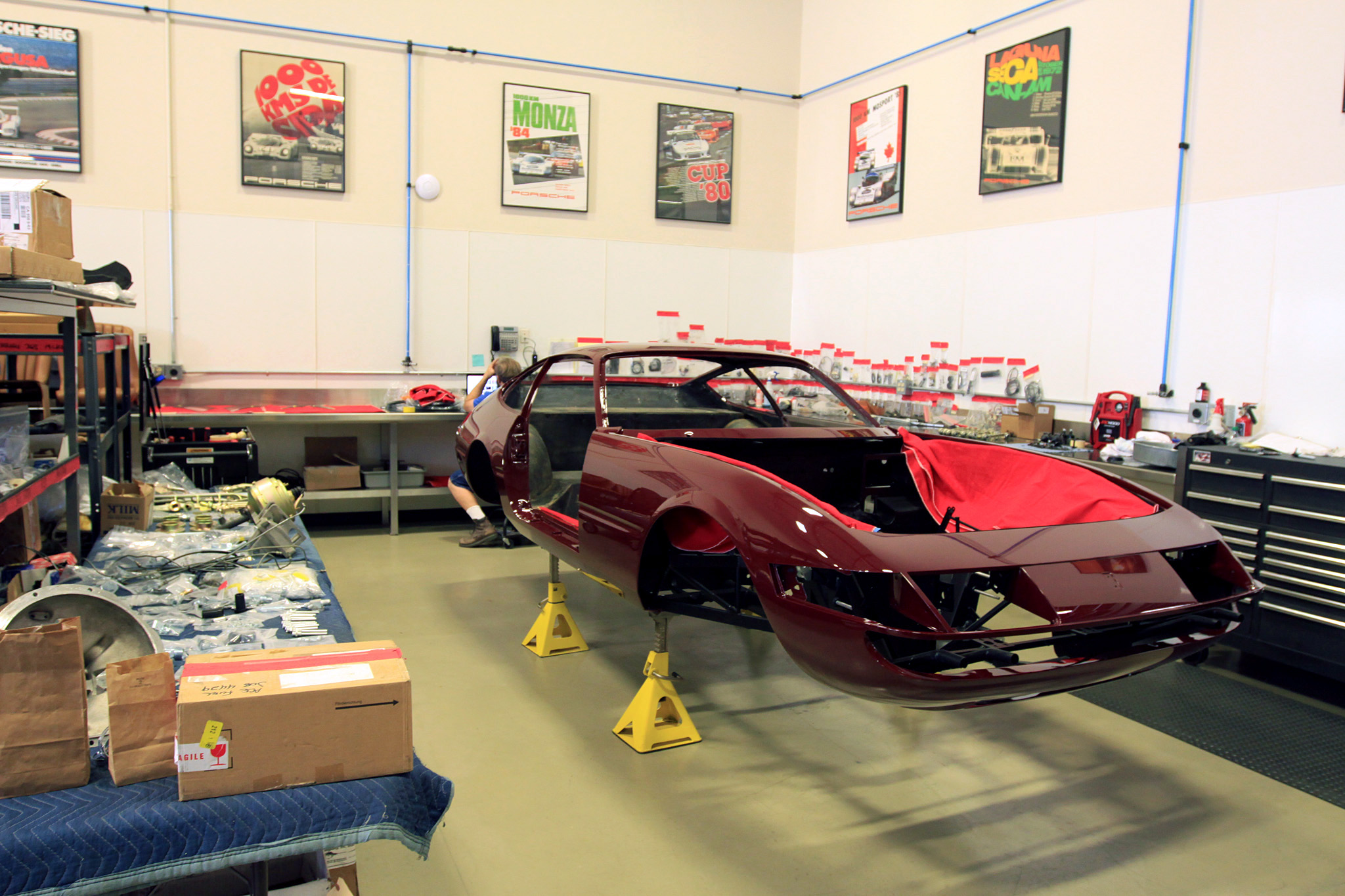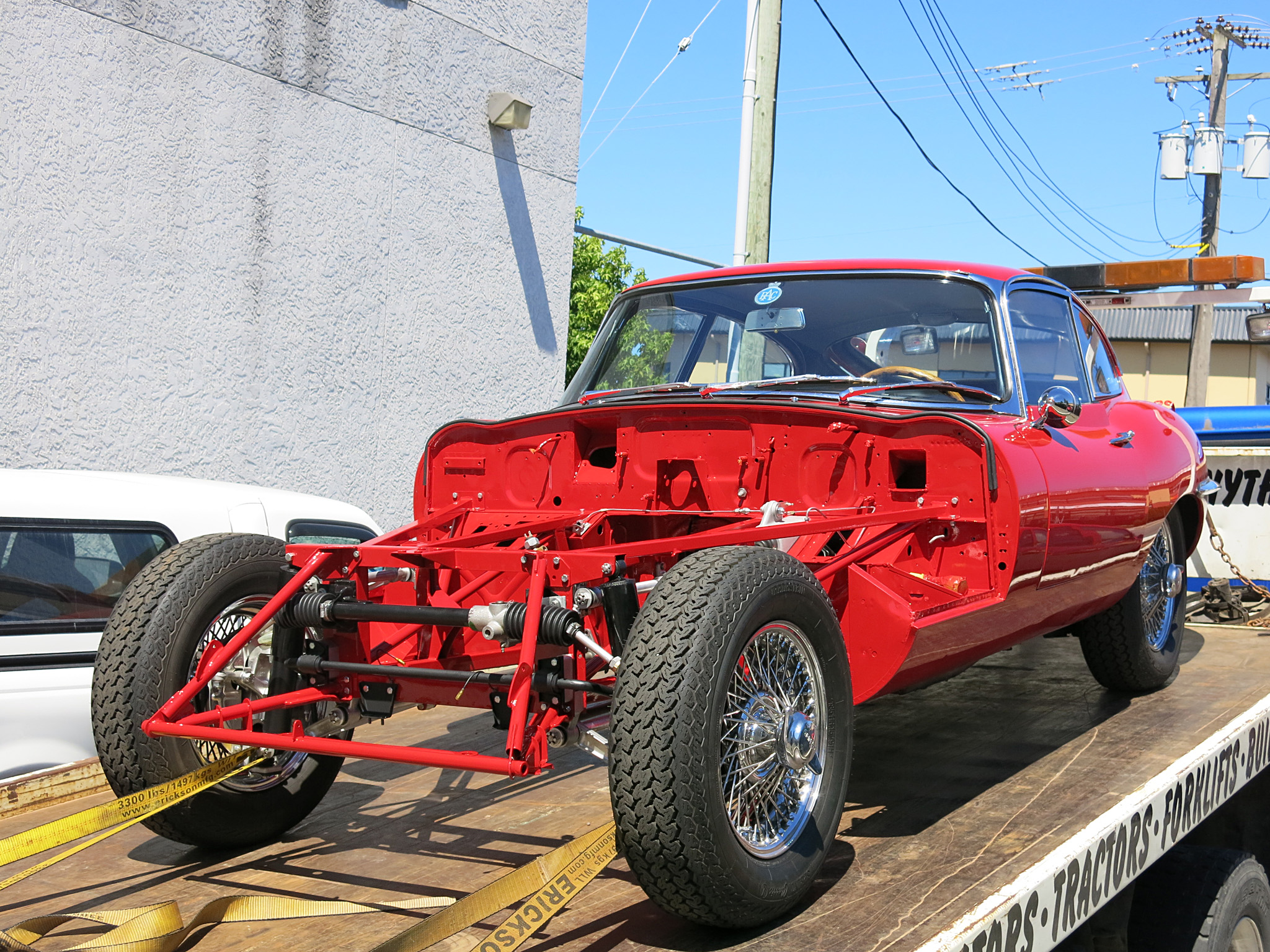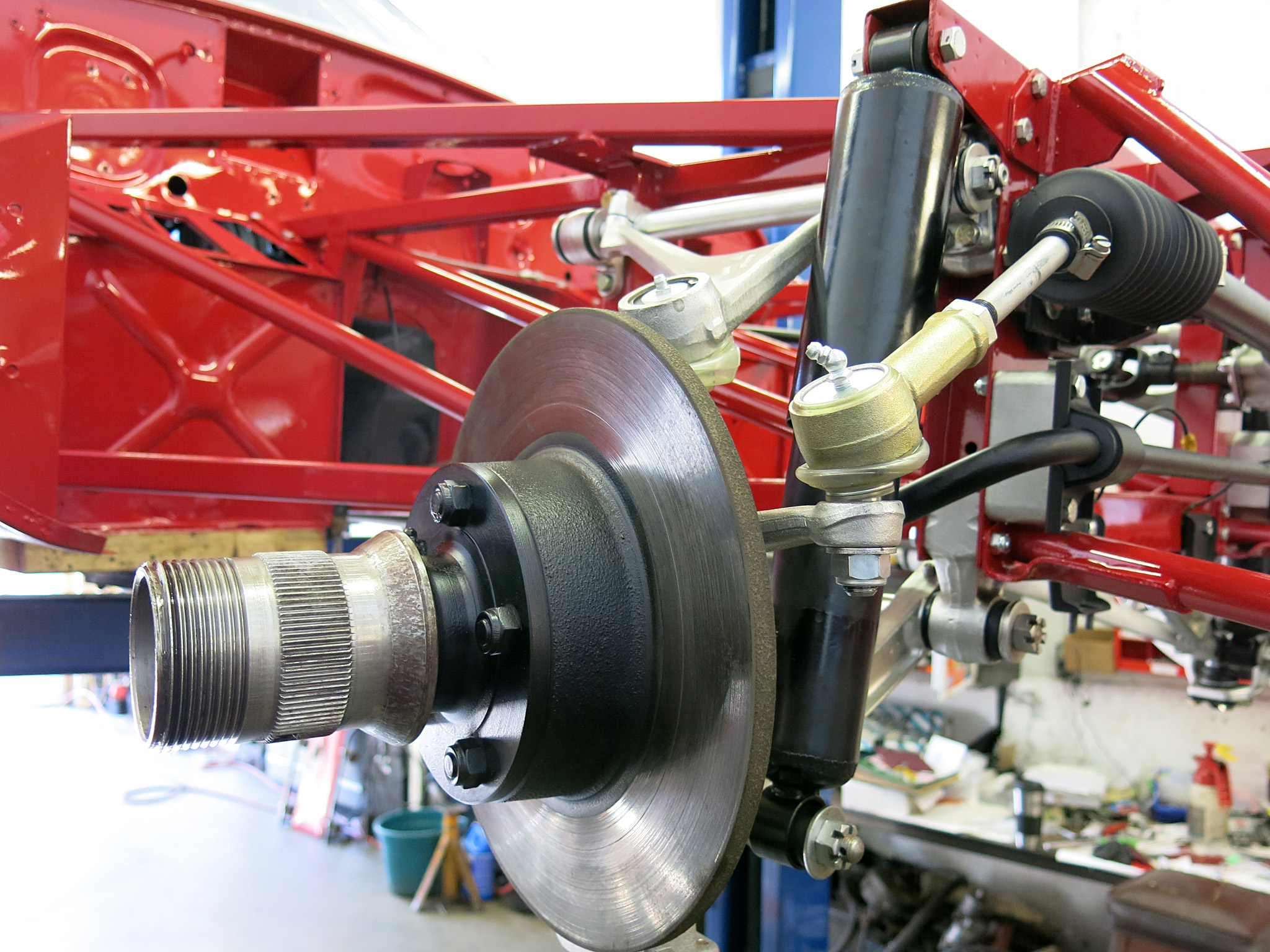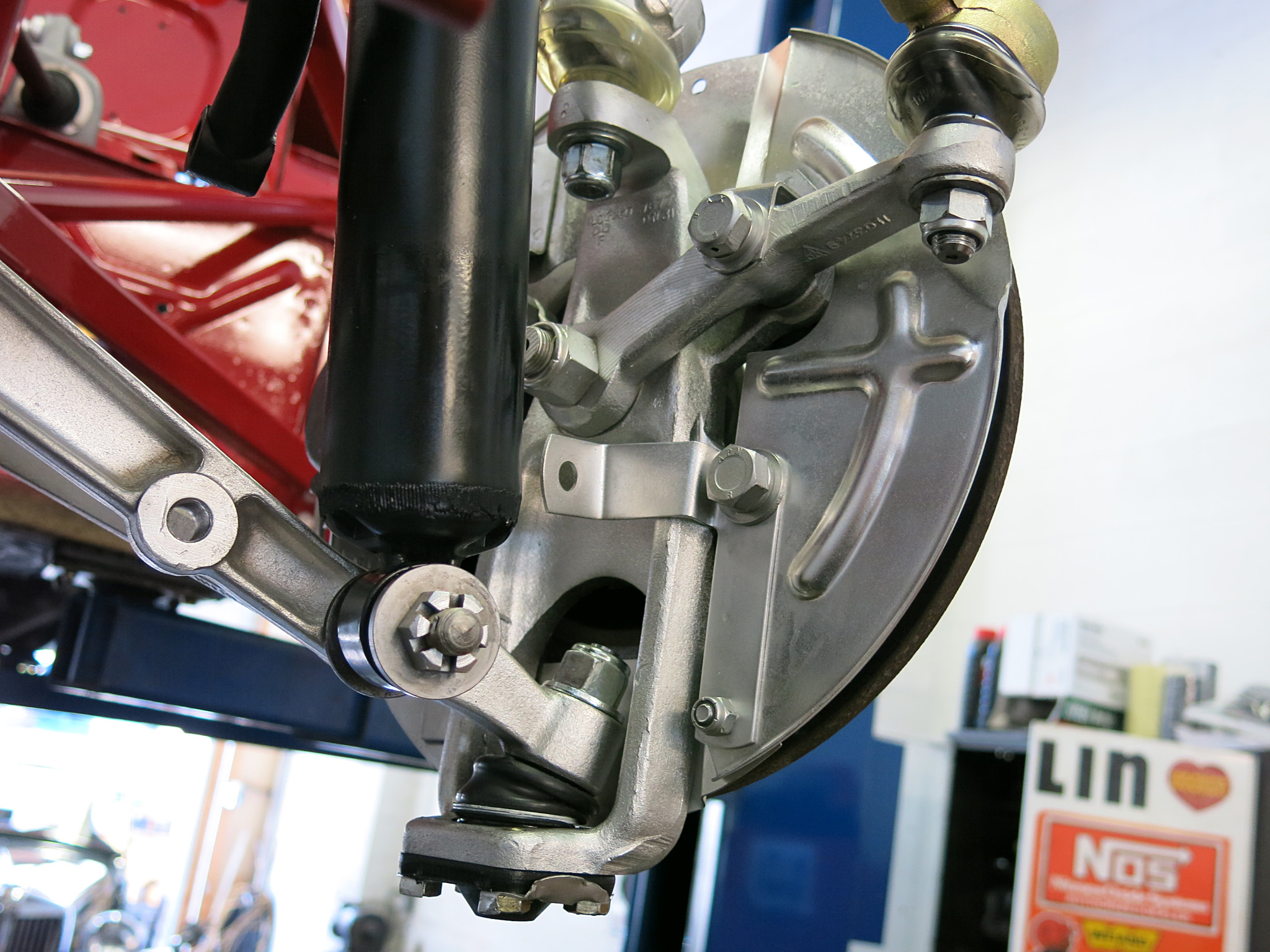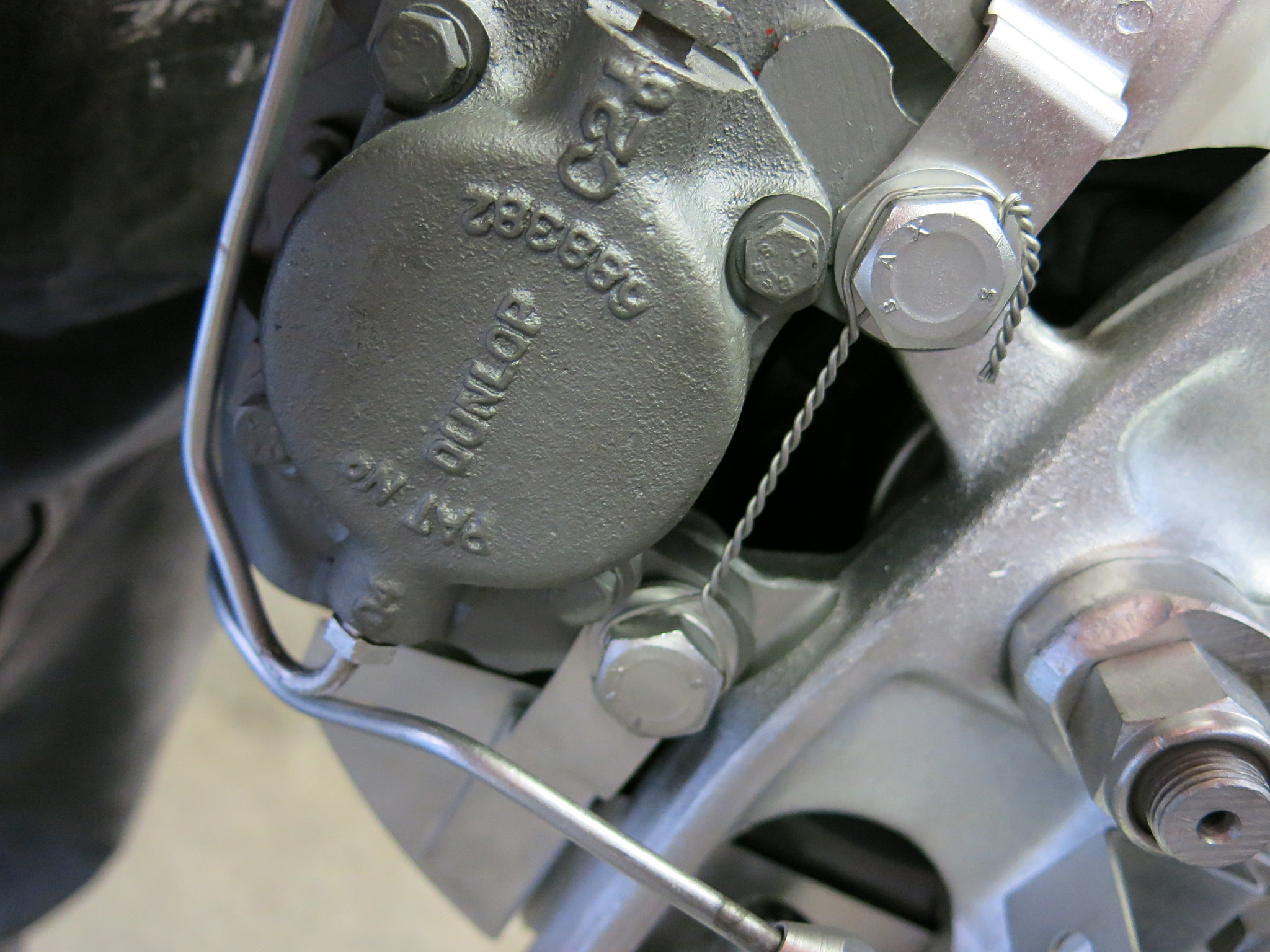British Heritage at Pebble Beach
The 64th running of Pebble Beach had a massive focus this year on Italian cars, including 20 famed Ferrari 250 Testa Rossas and a centennial Maserati display, but there were still many fantastic British cars ‘competing’ on the fairway.
This year Jaguar XK120s took First in Class for both Class O-1 : Postwar Sports Touring and Class O-2, while a 1937 Rolls-Royce Phantom III Vanvooren Sports Cabriolet was a runner up for this year’s Best in Show. RX Autoworks in Vancouver also brought out a gorgeous Lagonda. Let’s have a look:

1952 Jaguar XK120 Record Car 660986 ‘MDU524’ winner of Class O-2 : Postwar Sports Racing. Presented by Norman Dewis this record car that achieved 172.412 mph on the Jabbeke straight in Belgium.

1951 Jaguar XK120 Fixed Head Coupé Prototype 679002 won Class O-1 : Postwar Touring. This important XK120 (chassis 679002) is the first left-hand-drive Fixed Head Coupé and was the 1951 Geneva Show car. Jaguar used this car for publicity shots for the official launch of the Coupé. One of two prototypes, 679002 was converted from an XK120 Roadster in Jaguar’s experimental department.
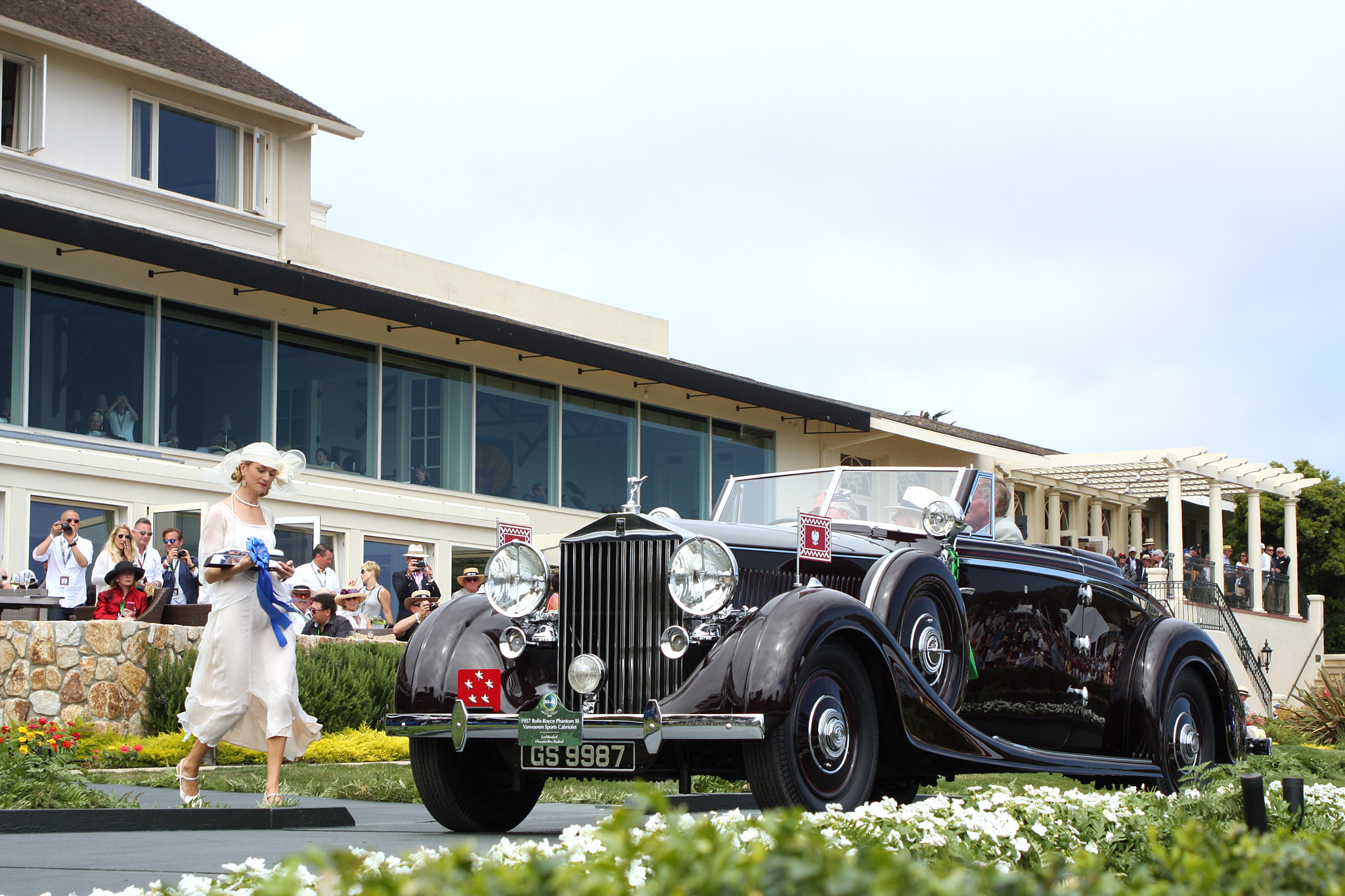
1937 Rolls-Royce Phantom III Vanvooren Sports Cabriolet 3CM81 won Class H-1 : Rolls-Royce. This Rolls-Royce Phantom III (3CM81) with its smooth 7,338 ccV12 engine has a stylish two-door body built by the Parisian Carrosserie Vanvooren. This car was designed and built for the Polish General Władysław Sikorski and delivered to him in Warsaw in 1937. General Sikorski was the Polish Prime Minister in exile during World War II. His car is regarded as one of the finest Vanvoorenbodied motorcars in the world and features a sloping belt moulding that has the effect of lengthening the graceful tail, as does the two-seat configuration and the low windshield.

1925 Bentley 3 Litre Speed Model Taylor Tourer 921 won Class J-4 : Prewar Sports Racing. This 3 Litre (chassis 921) is built on the short 9’ 9½” frame reserved for the TT Replica and Red Label Speed Models. On its journey north from Bentley’s Cricklewood factory in London to its owner Hubert Mason of Southport, it was bodied by the small coachbuilder L & L. T. Taylor of Wolverhampton, which operated from 1920 until 1927. Taylor built the bodies for a variety of different cars, including four 3 Litre Bentleys, but this is the only survivor, kept in very original condition by its 12 previous owners.

1929 Bentley Speed Six Saoutchik Drophead Coupé SB2769 won Class J-1 : European Classic Early. Dr. William Leib from Hillsborough, California, ordered this short chassis (SB2769) Speed Six with a unique three-position drophead coupé body to be finished by Jacques Saoutchik in Paris. The coachwork blends traditional British styling elements such as the radiator and bonnet with typically French accents. This body is one of the earliest on a vintage Bentley to include an integral boot as part of the coachwork and it still retains a complete set of luggage. It has just been restored by Bentley specialists in the United Kingdom to its original blue color scheme with brightwork plated in German Silver as specified in 1929.
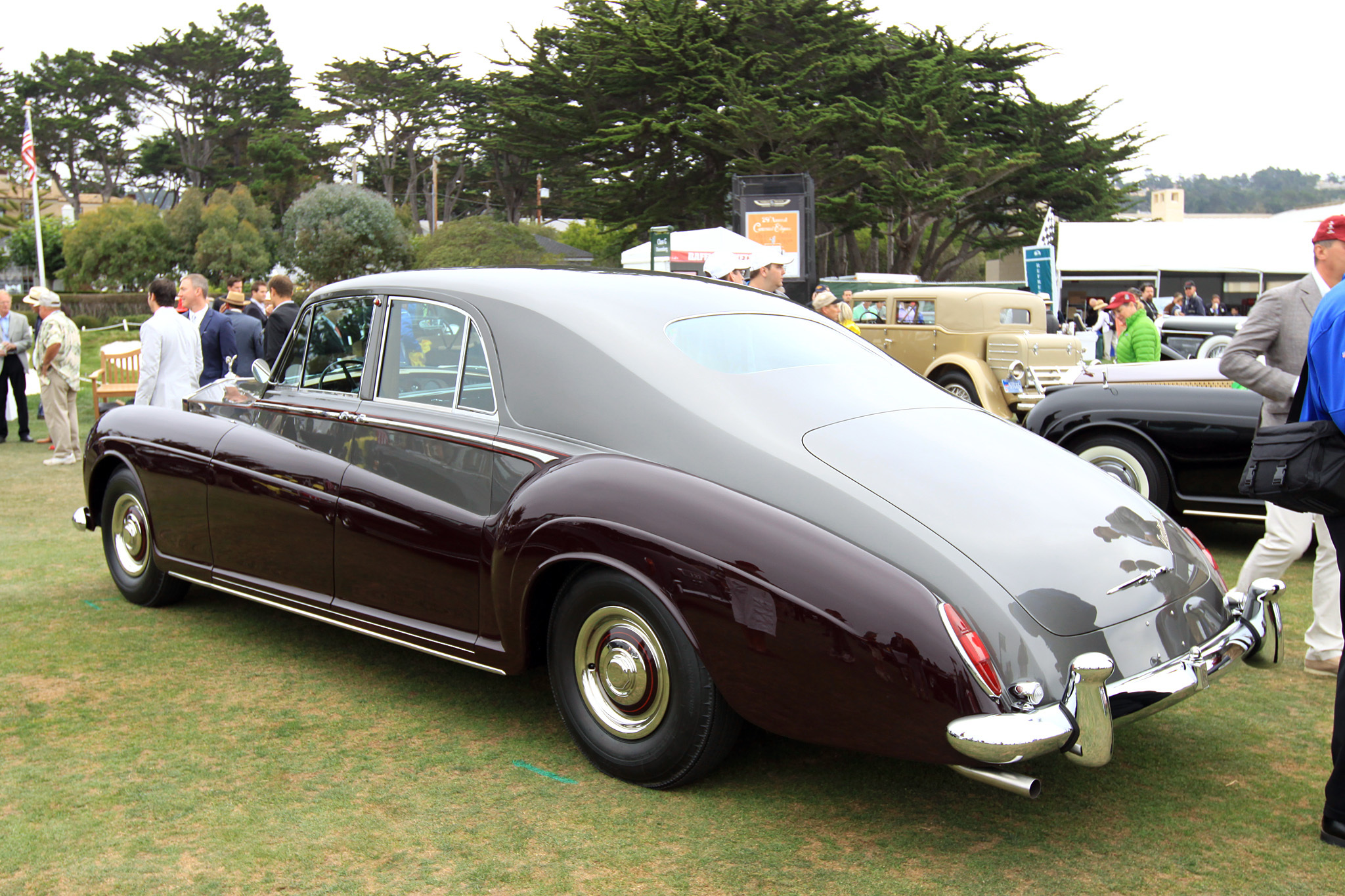
1966 Rolls-Royce Phantom V James Young Touring Limousine. The first owner of this unusual James Young–bodied touring limousine was Albert Silvera, a Haitian diplomat and wellknown car collector. His wife Gladys was involved in specifying the colors of her husband’s unique cars, even sketching some of the bodywork changes he wanted so they could be carried out. Other than owning a great car collection, Silvera owned the exotic El Rancho Hotel near Port-au-Prince in Haiti as well as homes in South Florida and Paris.
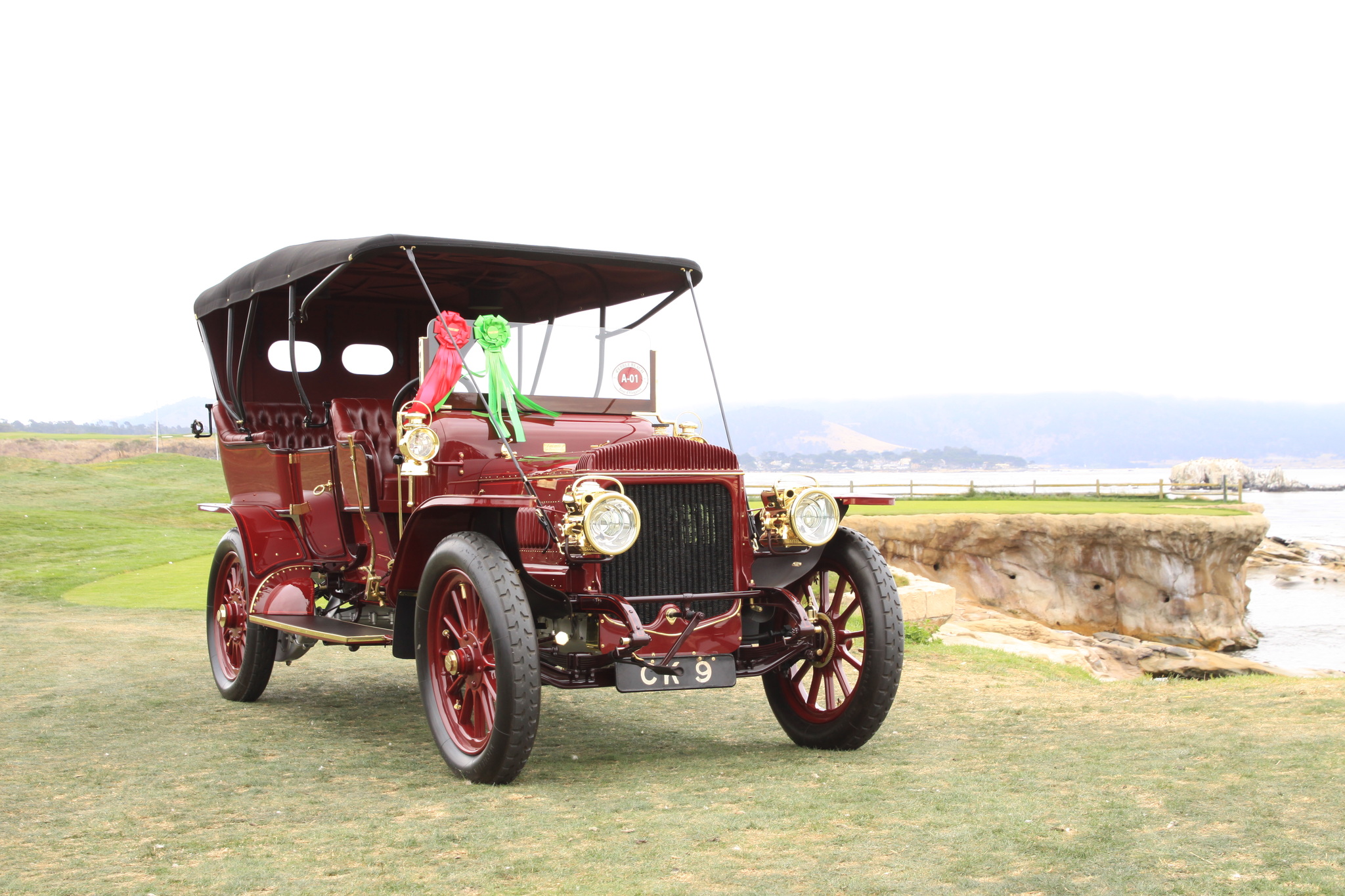
1908 Daimler TC48 Roi des Belges. This rare 48-hp Daimler has Roi des Belges or tulip phaeton coachwork, a style first seen in 1901 when King Leopold II of Belgium decided to buy a new car. The king visited Paris to discuss his idea with Ferdinand Charles of Rothschild et Fils, a coachbuilding firm belonging to the famous banking dynasty. To improve passenger comfort they decided on richly upholstered tub-chairs then in fashion. With these handbeaten, tulip-shaped seats and a graceful, pinched-in waist, the “Roi des Belges” body style caused a sensation when it was unveiled in 1902, and remained in fashion for several years.
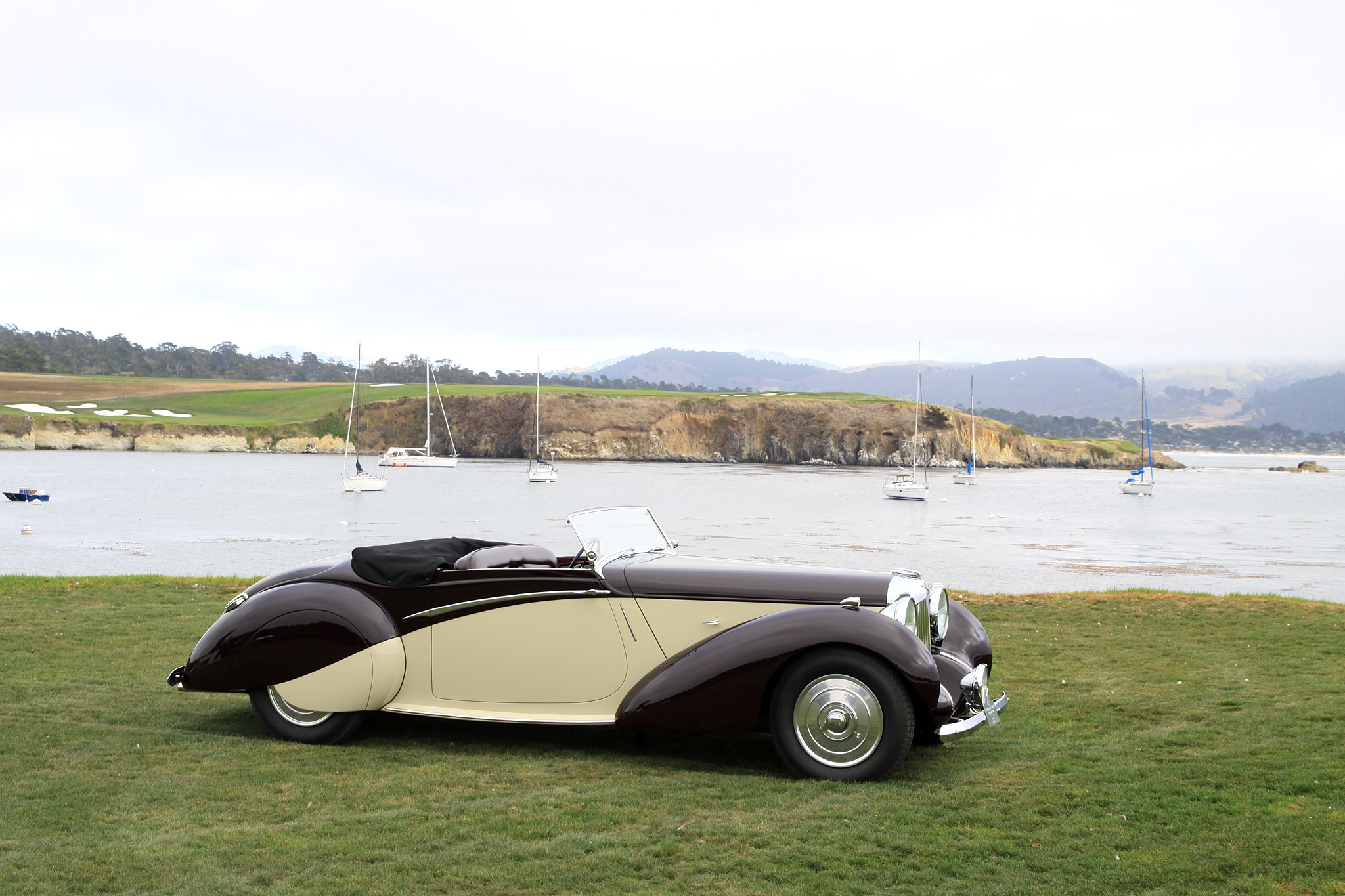
1939 Lagonda V12 Rapide Drophead Coupé 14091. This V12 Drophead Coupé features a sporty, four-seat convertible body made by Lagonda’s in-house coachbuilding division. After several owners in the United Kingdom it was taken to Australia in 1969 before its current owner brought it to the United States in 2006.

1937 Bentley 4¼ Litre Vanden Plas Roadster B-42-KT. This two seat 4¼ Derby Bentley was sold through the London Bentley dealership of Jack Barclay, and delivered in July 1937 to its first owner, S. B. White. It was ordered with sporty yet graceful coachwork from Vanden Plas that is similar to two other very famous Derby Bentleys owned by Sir Malcolm Campbell and the Countess of Warwick. Its current owner purchased the car in 1972 and has enjoyed it ever since.
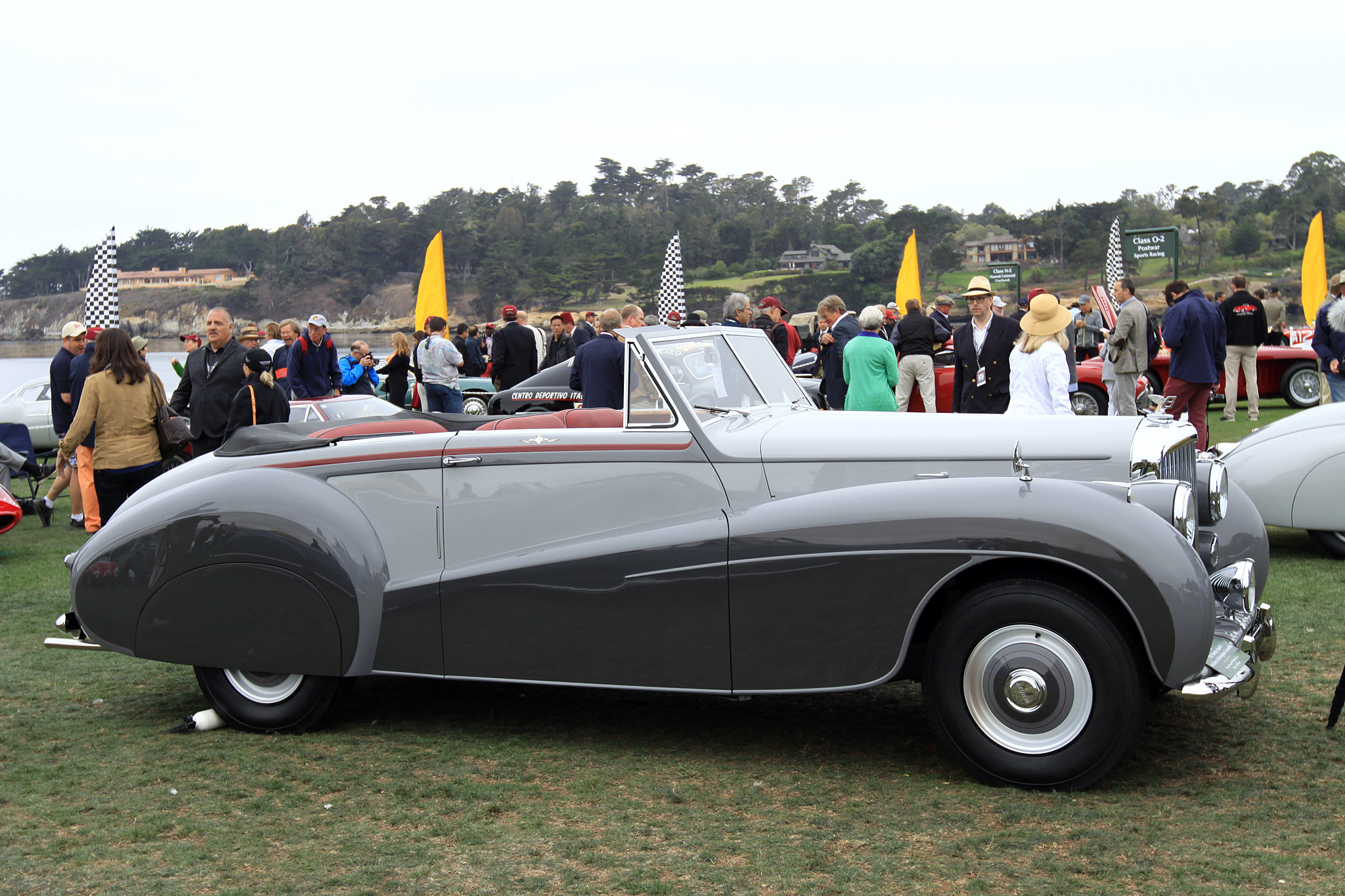
1952 Bentley Mark VI Mulliner Convertible B342NZ. After acquiring the Triumph Motor Company, Sir John’s Standard Motor Company worked with the coachbuilder to design and build the Triumph Razoredge saloon in 1946, from which several design elements were used on his new Bentley. Sir John’s Mark VI later served as the inspiration for the design for the 1956 Standard Motors–built Triumph TR2. The signature flowing line on the Bentley’s flanks can be found on both the earlier Razoredge and the later TR2. This car (chassis B342NZ) is the only Bentley finished by Mulliner of Birmingham after 1945.
If you would like to see more, the entire show is posted on

